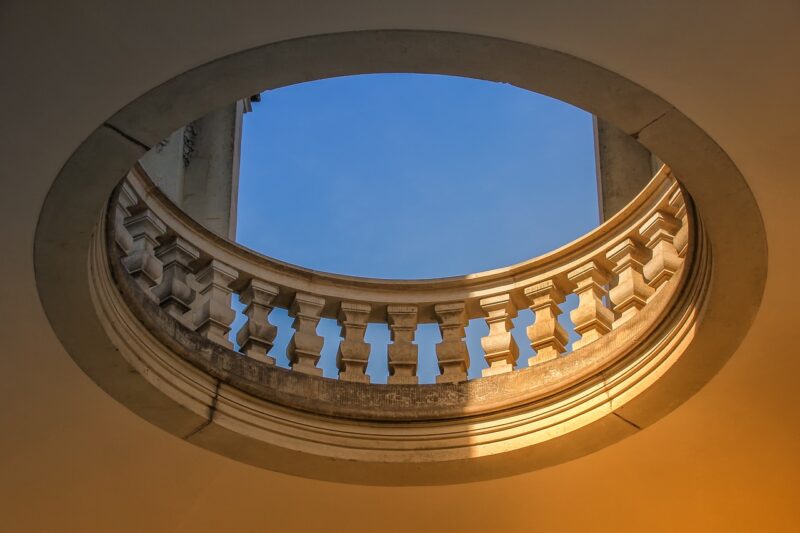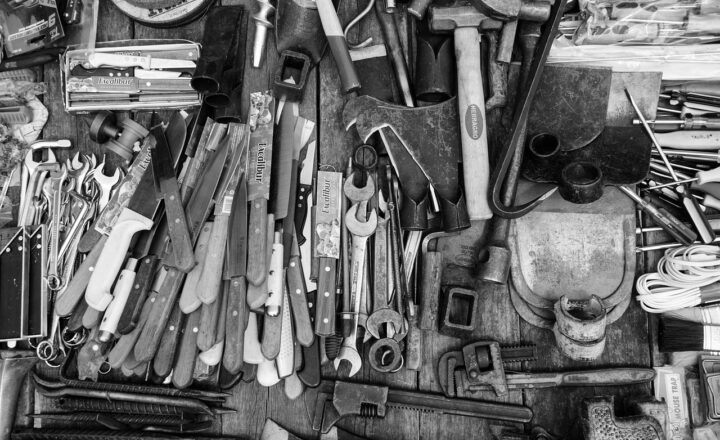The Puzzle of the Iron Pillar of Delhi: Why Doesn’t It Rust?
November 12, 2024

The Iron Pillar of Delhi, a 1,600-year-old monument standing tall at 7.2 meters, has intrigued historians, scientists, and visitors alike with its remarkable resilience against rust. Nestled in the Qutub Complex, this ancient pillar is not just a testament to the skilled craftsmanship of the ironworkers of the Gupta period, but also a riddle that continues to spark curiosity about its seemingly indestructible nature.
1. Historical Background of the Iron Pillar
The Iron Pillar, believed to have been erected around 400 AD during the reign of Chandragupta II, showcases the remarkable metallurgical skills of ancient Indian artisans. Made from 98% wrought iron, the pillar stands as an impressive engineering feat, showcasing the technological advancements of its time.
The inscriptions carved on the pillar demonstrate not only the artistry of the era but also relate to the king’s military exploits. The historical significance of the pillar is compounded by its origins, as recent studies suggest it may have been brought from a site in present-day Rajasthan.
2. The Scientific Mystery: How It Resisted Corrosion
One of the most perplexing questions surrounding the Iron Pillar is its resistance to rusting. Despite being exposed to the elements for over a millennium and a half, the pillar shows minimal signs of corrosion. But how is this possible?
Researchers have identified several factors contributing to the unique preservation of the Iron Pillar:
- Composition of the Iron: The iron used in the pillar is remarkably pure, containing very few impurities, which contributes to its corrosion resistance. An analysis revealed that the iron has a high phosphorus content, leading to the formation of a protective layer of iron phosphate on its surface, preventing further corrosion.
- Surface Treatment: It is believed that ancient blacksmiths employed advanced techniques in heating and hammering, aligning the iron’s grains and producing a solid and dense structure. This treatment may have also included the application of oil to create a protective layer against moisture.
- Environmental Factors: Delhi’s climate, characterized by hot and dry summers along with seasonal monsoons, may have contributed to the preservation. The fluctuations in temperature and humidity levels may have played a role in maintaining the integrity of the pillar.
3. The Pillar’s Impact on Modern Engineering
The durability of the Iron Pillar has not gone unnoticed in modern engineering circles. Scientists study its unique properties to understand ancient techniques and possibly apply them in contemporary metallurgical practices. One significant area of study includes:
- Corrosion Resistance in Infrastructure: With urban areas experiencing infrastructural challenges due to corrosion, insights gained from the Iron Pillar could help improve material durability in construction projects, potentially leading to longer-lasting structures.
- Cultural Heritage Conservation: Understanding how the Iron Pillar has resisted rusting can offer insights into the preservation techniques of other historical monuments, guiding conservation efforts worldwide.
4. Cultural Significance of the Iron Pillar
Beyond its scientific intrigue, the Iron Pillar holds immense cultural and religious significance. Local legends often romanticize its lore, attributing mythical powers to it. Tourists and scholars alike visit to marvel at its historical significance while examining esoteric beliefs that surround this fascinating artifact.
Additionally, the pillar has become a symbol of India’s advanced metallurgy and engineering prowess, reminding the world of a time when India was at the forefront of technology and innovation. It stands as a bridge between past and present, capturing the imagination of anyone who encounters it.
5. Visiting the Iron Pillar: Practical Information
If you’re planning to visit this iconic structure, here’s what you need to know:
- Location: The Iron Pillar is situated in the Qutub Minar complex in Delhi, a UNESCO World Heritage Site known for its stunning architecture and rich history.
- Opening Hours: The site is open daily from sunrise to sunset. It’s advisable to arrive early to avoid crowds and fully appreciate the monument’s grandeur.
- Entry Fee: There’s an entry fee for visiting the Qutub Minar complex, which includes access to the Iron Pillar and other nearby historical attractions. Discounts are available for students and foreign visitors.
- Tips: Don’t forget your camera! The Iron Pillar and its surrounding complex offer fantastic photo opportunities. Be sure to take your time exploring the other beautiful structures nearby, including the Qutub Minar itself and the ancient mosque.
Conclusion
The Iron Pillar of Delhi remains one of the most enigmatic structures in the world, a captivating blend of history, science, and culture. Its incredible resistance to rust and deterioration begs a deeper understanding of ancient technologies, while also inviting admiration from visitors globally. As a monument that has stood the test of time, the Iron Pillar teaches us valuable lessons about sustainability and preservation, reflecting the ingenuity of a civilization that thrived centuries ago. Whether as a historical curiosity or a subject of scientific inquiry, the Iron Pillar continues to inspire and mystify, ensuring its place in both Indian heritage and global history for generations to come.






